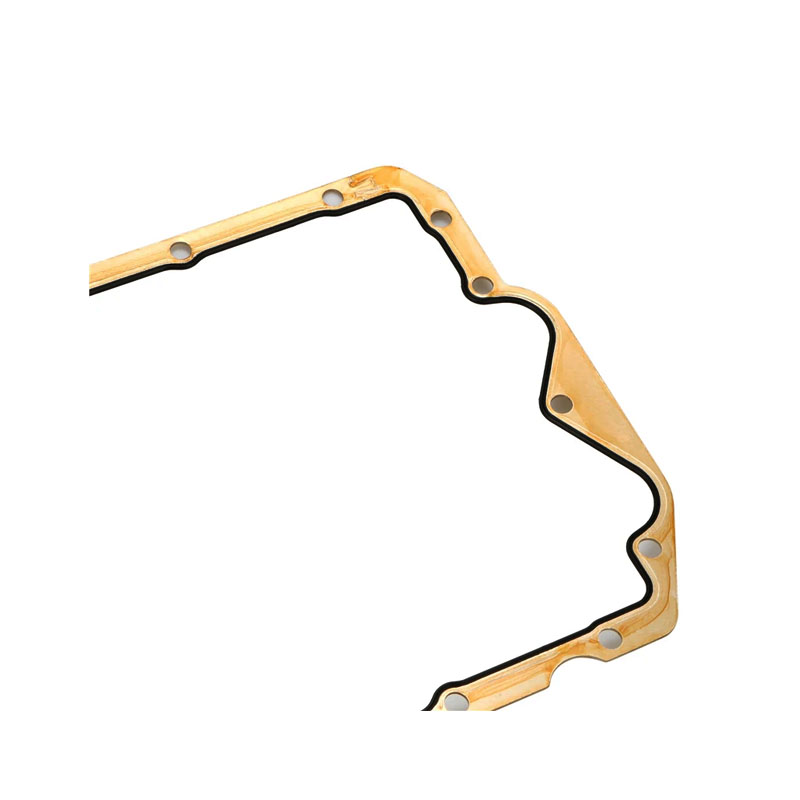Understanding the Working Principle of Oil Seals
Understanding the Working Principle of Oil Seals
Oil seals, also known as oil retainers or oil gaskets, play a critical role in various machinery and automotive applications. These components are designed to prevent the leakage of oil and other fluids while simultaneously keeping contaminants like dirt and debris out of critical parts. Understanding the working principle of oil seals is essential for anyone involved in mechanical engineering, automotive maintenance, or industrial machinery.
At its core, an oil seal consists of a flexible, elastomeric material that forms a tight seal around a rotating shaft. The design is typically circular, allowing the seal to fit snugly against the shaft and the housing. The most common materials used in the manufacture of oil seals include nitrile rubber, fluorocarbon rubber, and silicone, owing to their excellent resistance to heat, solvents, and wear.
Understanding the Working Principle of Oil Seals
1. Contact Sealing The primary sealing action occurs at the lip of the oil seal. As the shaft rotates, the lip of the seal deforms slightly to maintain contact with the shaft. This contact prevents oil from escaping and minimizes the entry of dirt and moisture. The lip is designed to create a pressure differential that ensures the fluid remains inside while keeping contaminants out. The design of the lip can vary, with some seals featuring multiple lips or a spring-loaded mechanism to enhance sealing effectiveness.
oil seal working principle

2. Labyrinth Sealing In addition to contact sealing, many oil seals incorporate labyrinth features, which are grooves or channels that create a tortuous path for any potential contaminants. This design is particularly useful in high-speed applications where the risk of leakage is greater. The labyrinth structure provides additional defense, ensuring that even if contaminants managed to breach the primary seal, their journey into the system would be obstructed.
3. Pressure and Vacuum Management Oil seals are also engineered to manage varying pressure conditions. In some applications, a vacuum might develop inside the sealed area, which could potentially lead to the collapse of the seal. To counteract this, many oil seals are designed with a breather or vent to equalize pressure, ensuring the continued efficacy of the seal.
Oil seals are found in countless applications, including engines, transmissions, pumps, and other machinery where fluids are present. Their failure can lead to severe consequences, such as fluid leaks, equipment damage, and even environmental hazards. Therefore, understanding their working principle is vital for selecting the right seal for a particular application and ensuring proper maintenance.
In conclusion, the working principle of oil seals revolves around their ability to maintain fluid containment while preventing unwanted contaminants from entering critical machinery parts. By utilizing materials designed for durability and employing effective sealing mechanisms, oil seals play an indispensable role in the reliability and efficiency of equipment. Proper selection, installation, and maintenance of oil seals can significantly enhance the lifespan and performance of machinery, making them an essential component in modern engineering applications.
-
Understanding the Front Main Engine Seal: Purpose, Maintenance, and Installation
News Jul.29,2025
-
Understanding O-Rings and Seal Rings: Types, Applications, and Custom Solutions
News Jul.29,2025
-
Understanding Crankshaft Oil Seals: Rear Seals, Pulley Seals, and Their Role in Engine Integrity
News Jul.29,2025
-
The Importance of Front and Rear Crankshaft Seals in Engine Performance and Oil Management
News Jul.29,2025
-
Crank Oil Seals: Functions, Types, and Cost Considerations in Engine Maintenance
News Jul.29,2025
-
A Comprehensive Guide to O-Rings and Seals: Types, Materials, and Global Applications
News Jul.29,2025
-
Mastering Diesel and Performance Engine Maintenance: A Guide to Critical Oil Gaskets
News Jul.28,2025
Products categories















